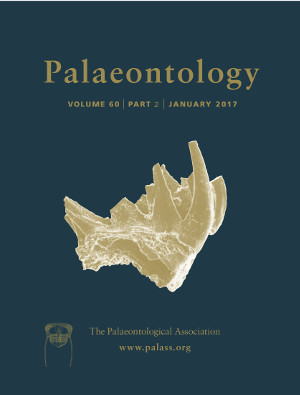Reg. Charity No. 1168330

The Eocene (Ypresian) fauna of Bolca, Italy yields a famous assemblage of marine tropical teleosts. One of the most anatomically distinctive teleosts from Bolca is the enigmatic †Bajaichthys elegans, generally interpreted as a member of Lampridiformes (oarfishes and their allies). Re‐examination of the type and only specimen of †Bajaichthys contradicts this attribution, and we propose that its original description as a member of Zeiformes (dories) was in fact correct. †Bajaichthys bears numerous derived features of zeiforms not found in lampridiforms, including: a pelvic spine, a first vertebra closely associated with the neurocranium, and a reduced metapterygoid not contacting the quadrate. Lampridiform‐like attributes, including a greatly elongated ascending process of the premaxilla, are known to be convergent between this group and Zeiformes. Using a combination of morphological and molecular data, we confirm this revised interpretation and resolve the position of †Bajaichthys within zeiform phylogeny. In terms of overall shape, the very elongate †Bajaichthys contrasts with deep‐bodied Zeiformes and probably had distinctive ecological habits. Our inferred placement of †Bajaichthys and other fossil taxa with extended caudal peduncles (e.g. †Archaeozeus) suggests that the elongate morphotype is ancestral for Zeiformes as a whole, and that the deep‐bodied geometry typical of extant taxa probably appeared several times independently. However, these inferences must be considered preliminary due to low support for patterns of relationships within Zeiformes. The systematic reattribution of †Bajaichthys expands the taxonomic diversity of the Bolca fauna as well as the morphological and ecological diversity of the zeiform clade.